
cd_nom
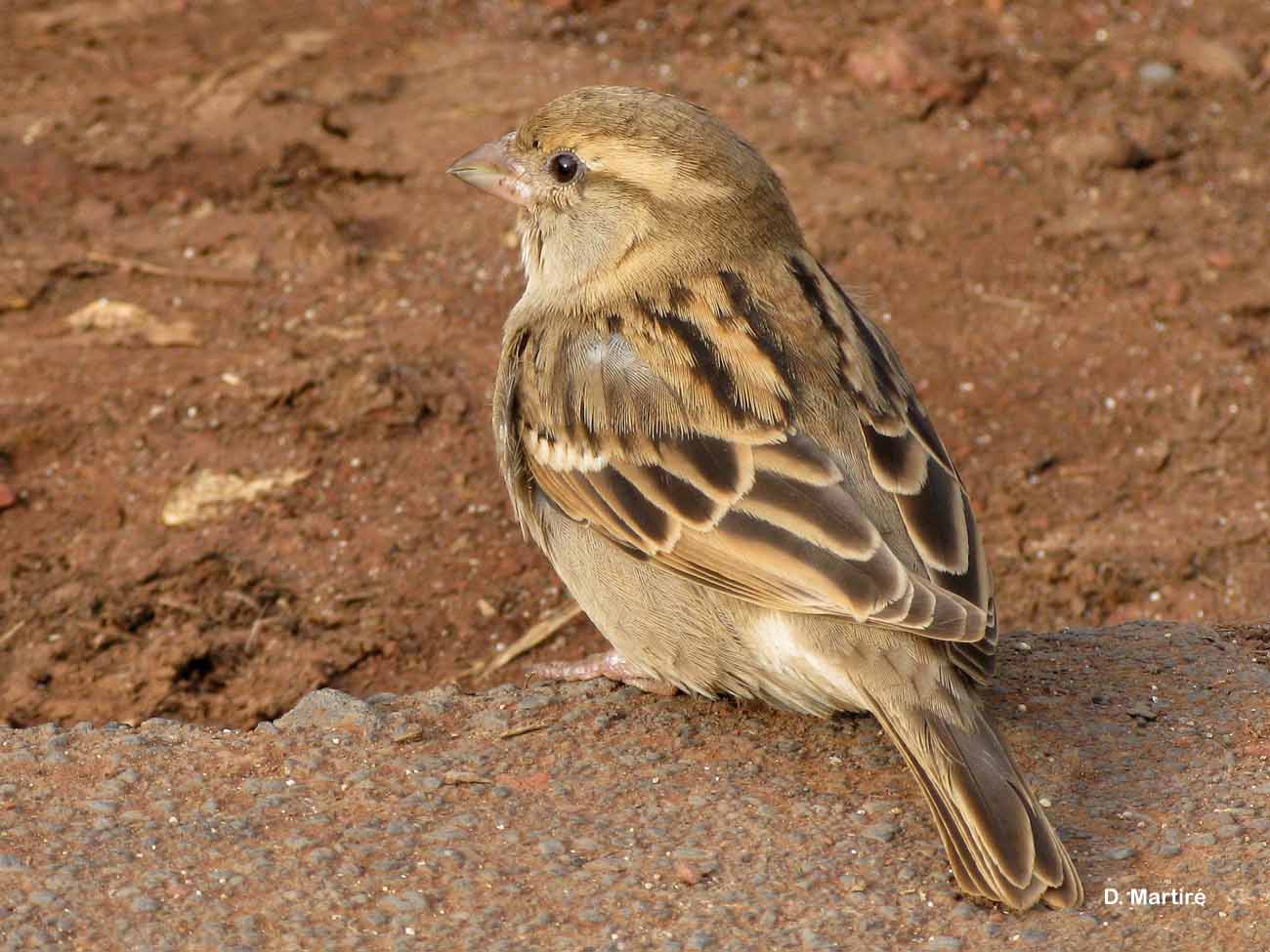
| Author : D. Martiré |
 |
To get the picture, please visit:
Dominique MARTIRE
32 rue Leconte Delisle
97 429 PETITE-ILE
e-mail : dominiquelouismartire@zeop.re
Legend: Femelle
Any reuse of one or more photographs on this site is subject to an authorization request from the author.
Link to the Code of Intellectual Property (Legifrance)
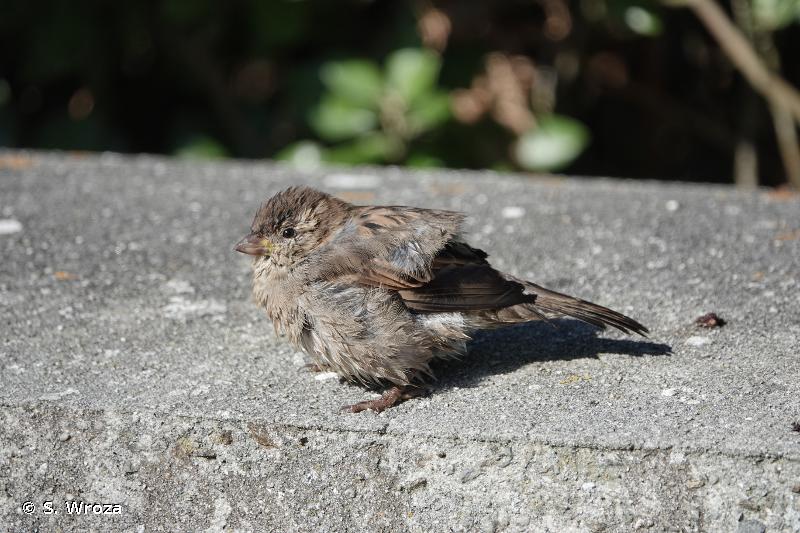
| Author : S. Wroza |
 |
Despite the Creative Commons license, please inform the author of the use which will be made of his photo
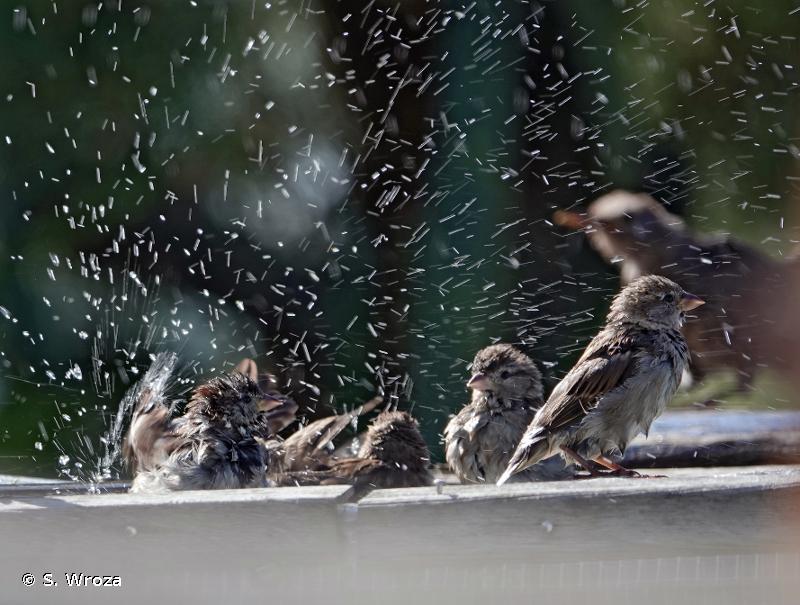
| Author : S. Wroza |
 |
Despite the Creative Commons license, please inform the author of the use which will be made of his photo
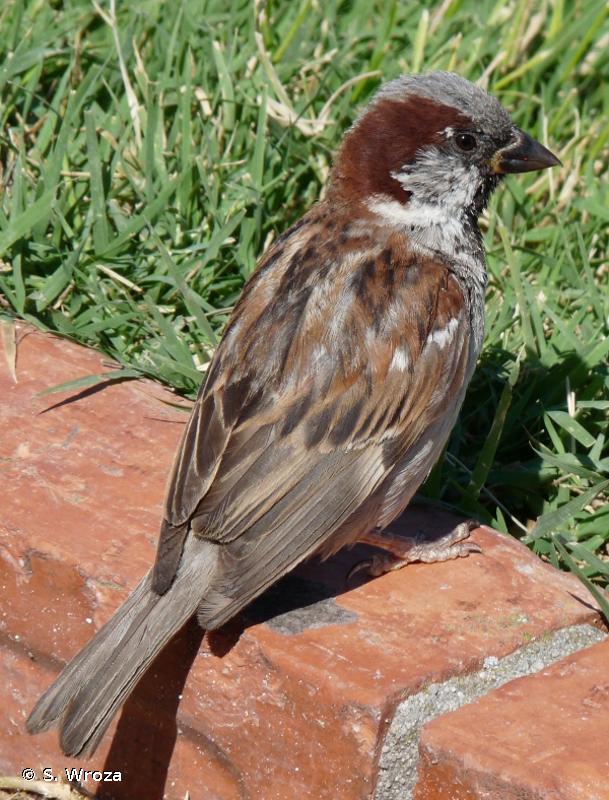
| Author : S. Wroza |
 |
Despite the Creative Commons license, please inform the author of the use which will be made of his photo
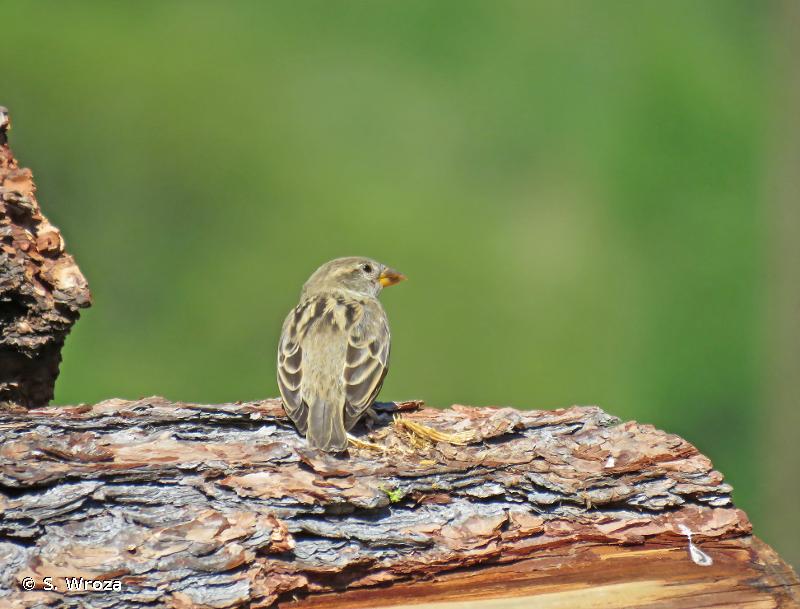
| Author : S. Wroza |
 |
Despite the Creative Commons license, please inform the author of the use which will be made of his photo
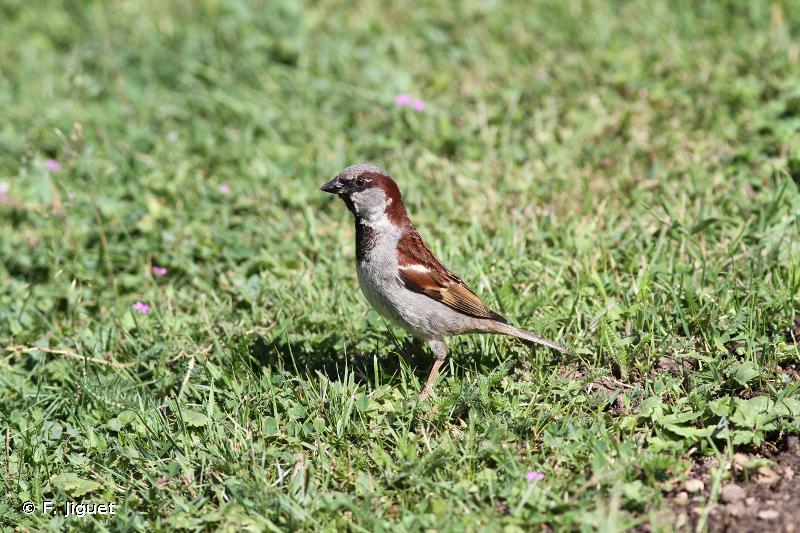
| Author : F. Jiguet |
 |
To get the picture, please visit:
Frédéric Jiguet
CRBPO
email : inpn@mnhn.fr
Legend: Mâle
Despite the Creative Commons license, please inform the author of the use which will be made of his photo
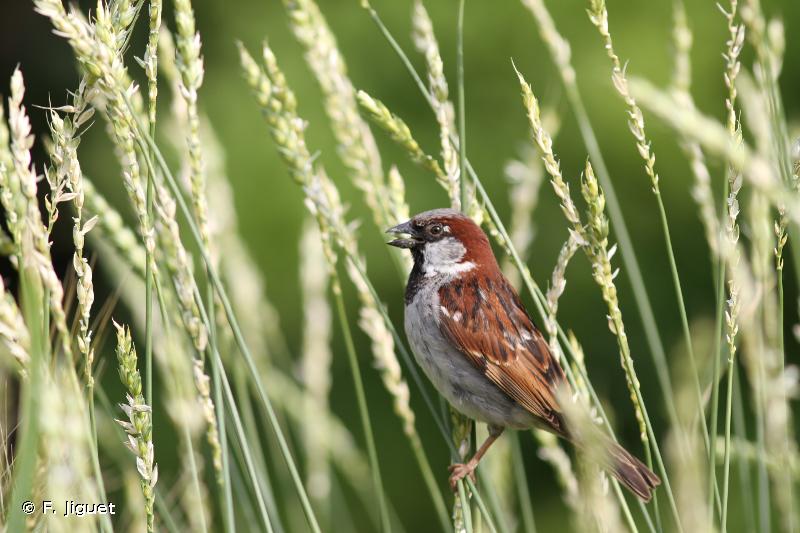
| Author : F. Jiguet |
 |
To get the picture, please visit:
Frédéric Jiguet
CRBPO
email : inpn@mnhn.fr
Despite the Creative Commons license, please inform the author of the use which will be made of his photo
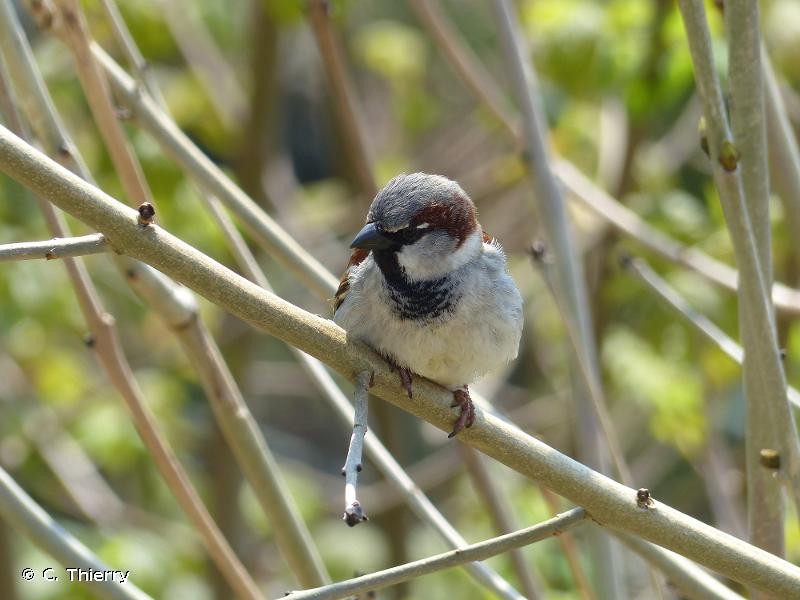
| Author : C. Thierry |
 |
To get the picture, please visit:
Chloé Thierry
Service du Patrimoine Naturel/Muséum national d'Histoire naturelle
cthierry@mnhn.fr
4, avenue du Petit Château
91800 Brunoy
Despite the Creative Commons license, please inform the author of the use which will be made of his photo
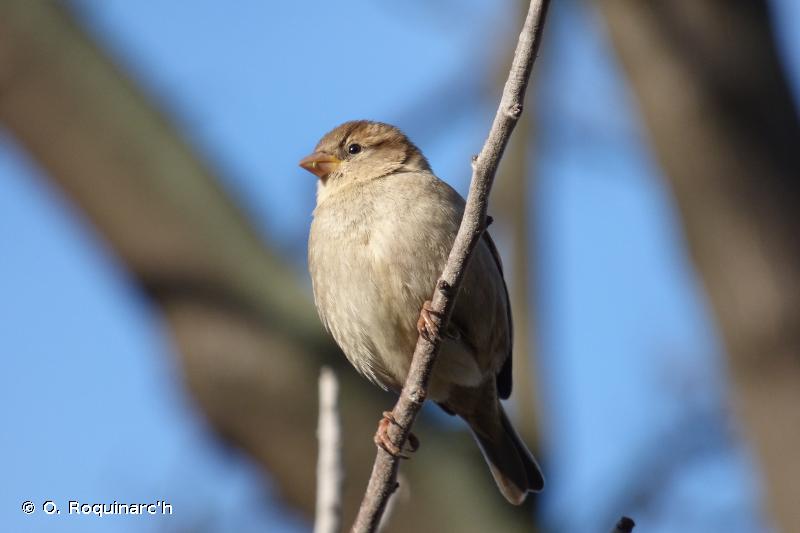
| Author : O. Roquinarc'h |
 |
To get the picture, please visit:
Océane ROQUINARC'H,
Muséum national d'Histoire naturelle,
Service du Patrimoine Naturel,
4 Avenue du Petit Château,
91800 BRUNOY
mail : inpn@mnhn.fr
Despite the Creative Commons license, please inform the author of the use which will be made of his photo
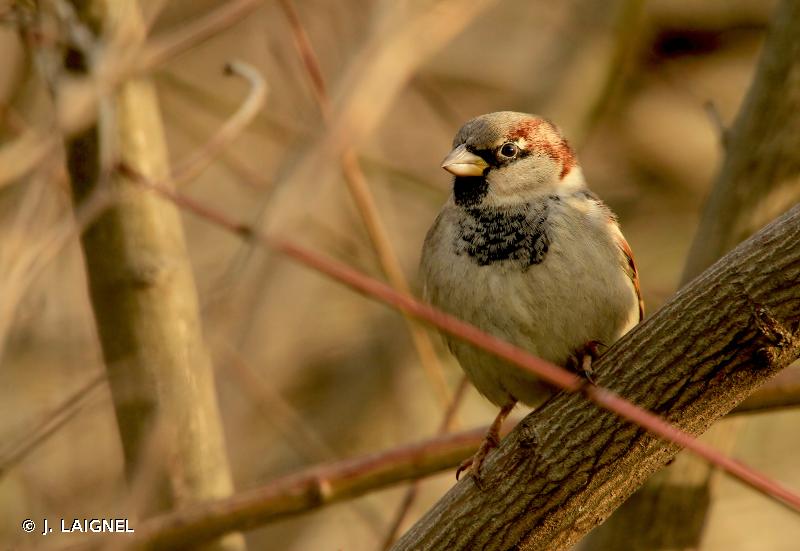
| Author : J. LAIGNEL |
 |
To get the picture, please visit:
Julien Laignel
Chargé de mission SNB - SPN/MNHN
4, avenue du Petit Château
91800 BRUNOY
Tel.: 06.10.68.23.36
Mail: julien.laignel@9online.fr
Despite the Creative Commons license, please inform the author of the use which will be made of his photo
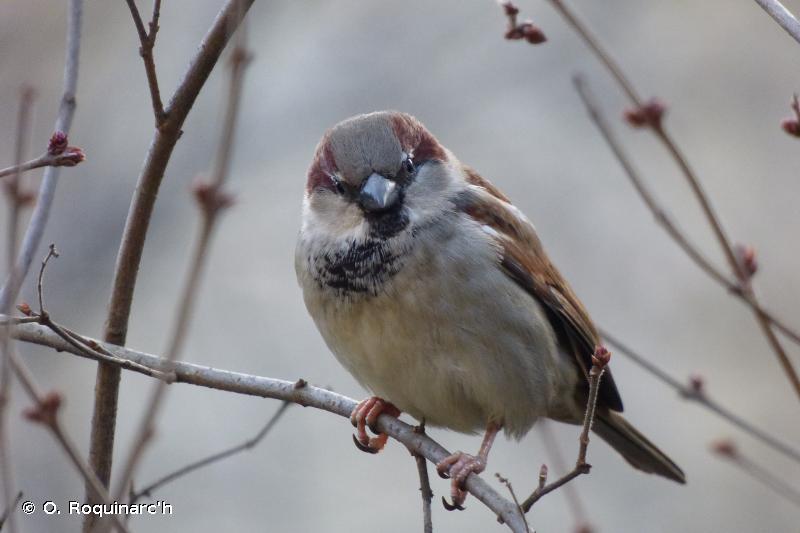
| Author : O. Roquinarc'h |
 |
To get the picture, please visit:
Océane ROQUINARC'H,
Muséum national d'Histoire naturelle,
Service du Patrimoine Naturel,
4 Avenue du Petit Château,
91800 BRUNOY
mail : inpn@mnhn.fr
Legend: Adulte mâle
Despite the Creative Commons license, please inform the author of the use which will be made of his photo
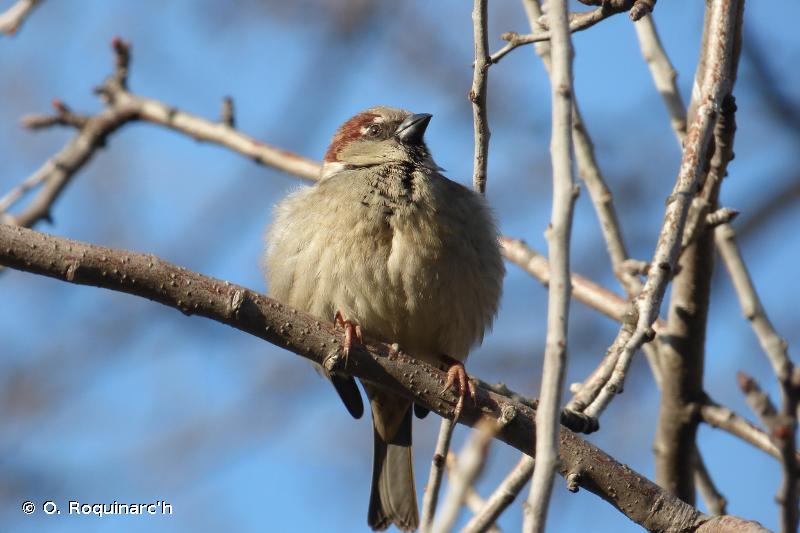
| Author : O. Roquinarc'h |
 |
To get the picture, please visit:
Océane ROQUINARC'H,
Muséum national d'Histoire naturelle,
Service du Patrimoine Naturel,
4 Avenue du Petit Château,
91800 BRUNOY
mail : inpn@mnhn.fr
Legend: Adulte mâle
Despite the Creative Commons license, please inform the author of the use which will be made of his photo

| Author : S. Wroza |
 |
Despite the Creative Commons license, please inform the author of the use which will be made of his photo

| Author : S. Wroza |
 |
Despite the Creative Commons license, please inform the author of the use which will be made of his photo
Taille/poids :
Longueur 15 cm, envergure 25 cm, poids moyen 30 g.
Diagnose :
Bec conique de granivore. Le mâle présente une bavette noire. Sa calotte grise est prolongée d'une tache rousse à la nuque (contrairement au Moineau friquet, il ne présente pas de tache noire à la joue, ni de calotte rousse). Le plumage des femelles et des jeunes est grisâtre.
Détermination :
Le chant n'est pas spécialement mélodieux et ne serait qu'un simple enchaînement rythmé des cris habituels (tchirp tchirp…).
Biologie-éthologie :
Le Moineau domestique vit à proximité des habitations humaines aussi bien en ville qu'à la campagne. Sa dépendance vis-à-vis de l'homme est telle qu'il n'habite pas en général les villages abandonnés. Il est opportuniste et omnivore, son alimentation la plus habituelle consistant en diverses graines et semences sauvages ou cultivées, en insectes, en bourgeons et en fruits. Le nid présente une structure en boule mais reste assez rudimentaire lorsque le site choisi est une cavité (cas assez fréquent : trou de mur, ancien nid d'hirondelle). Un couple peut élever trois nichées en une saison. Nos moineaux sont très sociables et essentiellement sédentaires. Toutefois, si les adultes n'effectuent que des déplacements limités, les jeunes peuvent vagabonder en groupes voire se déplacer sur des distances plus importantes.
J. Comolet-Tirman(UMS 2006 Patrimoine Naturel (AFB / CNRS / MNHN)),2016
Continental
Metropolitan France
Overseas
Marine
Metropolitan France
Overseas
The map presents a summary at the 10 x 10 km grid of the observation data for the species transmitted to the SINP. These data have been subjected to validation filters.
The map presents a reference distribution layer of the species at the scale of departments and marine sectors. The presence and absence data were established by expertise within a network of partners. This reference distribution is used in the validation process of the SINP data at the INPN level.
Corresponds to a report on the basis of at least one observation proved within a period of 10 years (20 years for little-known invertebrates) preceding the year and no presumption of extinction since obtaining the last data nor doubt on reproductive and implemented nature of this population. For migratory species, the presence indicated concerns areas of reproduction.
This status is based on one or more of the following criteria:
This point covers the absence, more difficult by nature to demonstrate than presence. This status is based on one or more of the following criteria:
This status must be assigned to a department in which the presence of the species is casual.
Particular case of absence due to a proven extinction less than a half century ago (older disappearances are treated as "no probable or definite").
In the state of knowledge, we can not comment on the presence or absence in the current department. This is the default status when not comprised in one of the previous categories or whenever there is doubt.
The map shows the global distribution of the species based on GBIF data (Global Biodiversity Information Facility).
